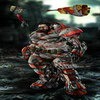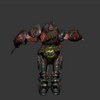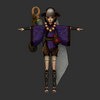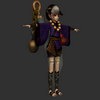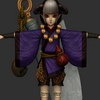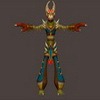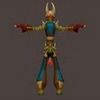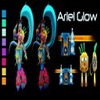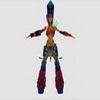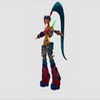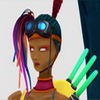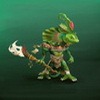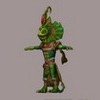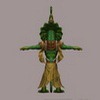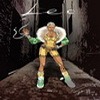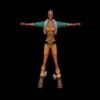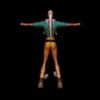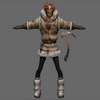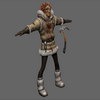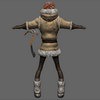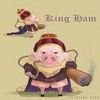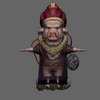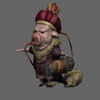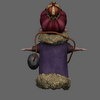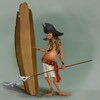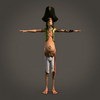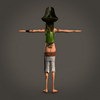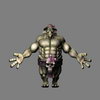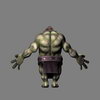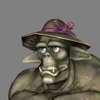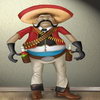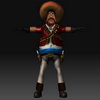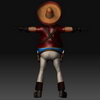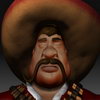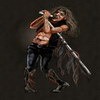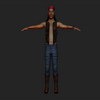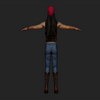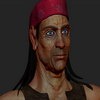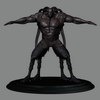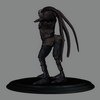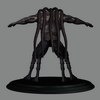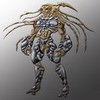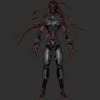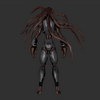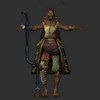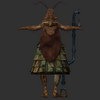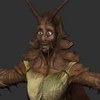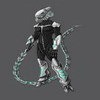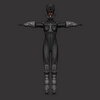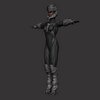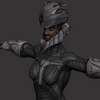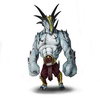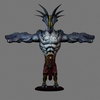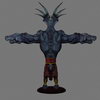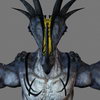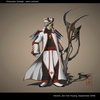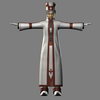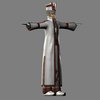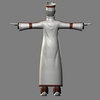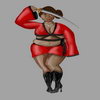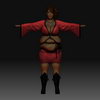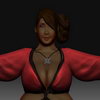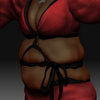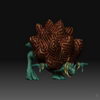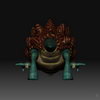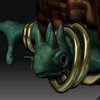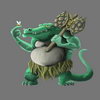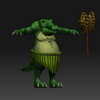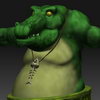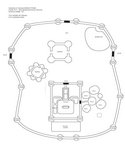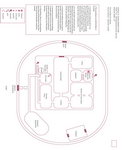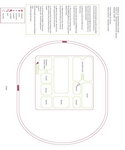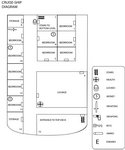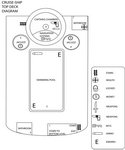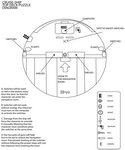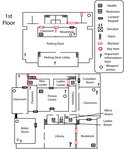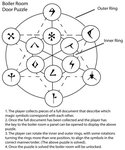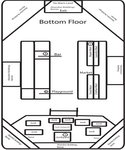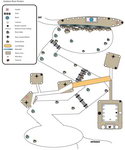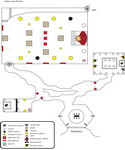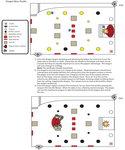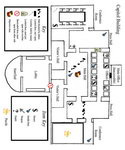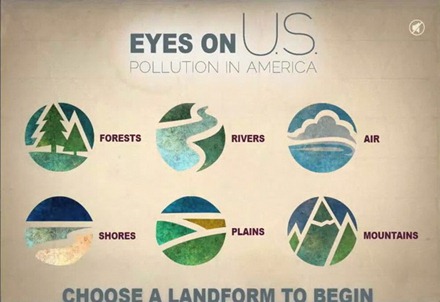Student Gallery
ITGM 240 – Modeling, Materials and Lighting
In this class each student picks a character of their own choice from any medium (films, games, history or literature, etc) and designs what they would perceive their character’s home, office, workshop, or study to be. Once the design is finalized, each student will create this environment in a 3D software package. They will block, model, texture, and light this environment. In the end of the course each student will deliver 5 high quality rendered images and a 30 second flythrough animation from the 3D environment they create. The goal is to produce a totally believable and immersive 3D environment with a cohesive aesthetic and dynamic lighting. Polygonal Modeling, UV mapping and Texturing techniques for producing 3D projects with polygon count limitations will be addressed with special attention in this class.
Student Work Samples [click the images to enlarge]
…………………………………………………………………………………………………………………………………
ITGM 333 – Sculptural Texturing for Games
ITGM 733 Digital Sculpting for Video Games
In this class each student creates an original 3D character from scratch. They have 7 days to come up with their concept designs and then use the remainder time of the quarter to model, sculpt, texture and render a fully detailed 3D character. Digital painting and proof concept techniques for character design, advanced modeling techniques in Maya, UV mapping for organic models, digital sculpting techniques in ZBrush (with normal maps generation), texture painting in Photoshop and Bodypaint 3D will be covered in this class. Students must take ANIM 250 or ITGM 240 prior taking this class.
Student Work Samples [click the images to enlarge]
the first image from the left on each row is the 2D concept art
the rest are the 3D renders
…………………………………………………………………………………………………………………………………
ITGM 352 – Environment and Level Design
ITGM 721 – Environments for Games
This course centers on the physical building of virtual worlds and the aesthetic/game play needs associated with these worlds. Students create a variety of level types, including indoor and outdoor world levels, and then optimize those worlds for export to industry-standard game engines.
Level Design Diagram [click the images to enlarge]
Screenshots from the 3D Level [click the images to enlarge]
…………………………………………………………………………………………………………………………………
ITGM 410 – Mobile Game Development
Qualcomm AR Game Studio
The Qualcomm Augmented Reality Game Studio is an academic research project sponsored by Qualcomm Corp. In this collaboration, students and faculty from SCAD-Atlanta and Georgia Tech work together use the latest AR tracking technology, software and hardware provided by Qualcomm, Google, HTC, Sony Ericsson and Unity Technology to design and develop innovative augmented reality applications and games for mobile phones.
For more AR mobile games produced by our research group, visit: http://www.argamestudio.org/
NerdHerder
Nerdferno
Dodger Dodger
Puppy Plus
Tower Destroyer
Bug Juice
Volcano Fever
…………………………………………………………………………………………………………………………………
ITGM 405 Interactive Design and Game Development Studio I
ITGM 465 Interactive Design and Game Development Studio II
Students work in small teams and apply their skills to creating a workable interactive project or video game in a simulated professional environment. Topics include content creation within a limited resource environment. The course emphasizes production-oriented goals in order to provide students with a professional skill set and a body of fine art.
Hanako
Marshmallow Mayhem
Darkdawn: Encounters
Eyes on US














































































